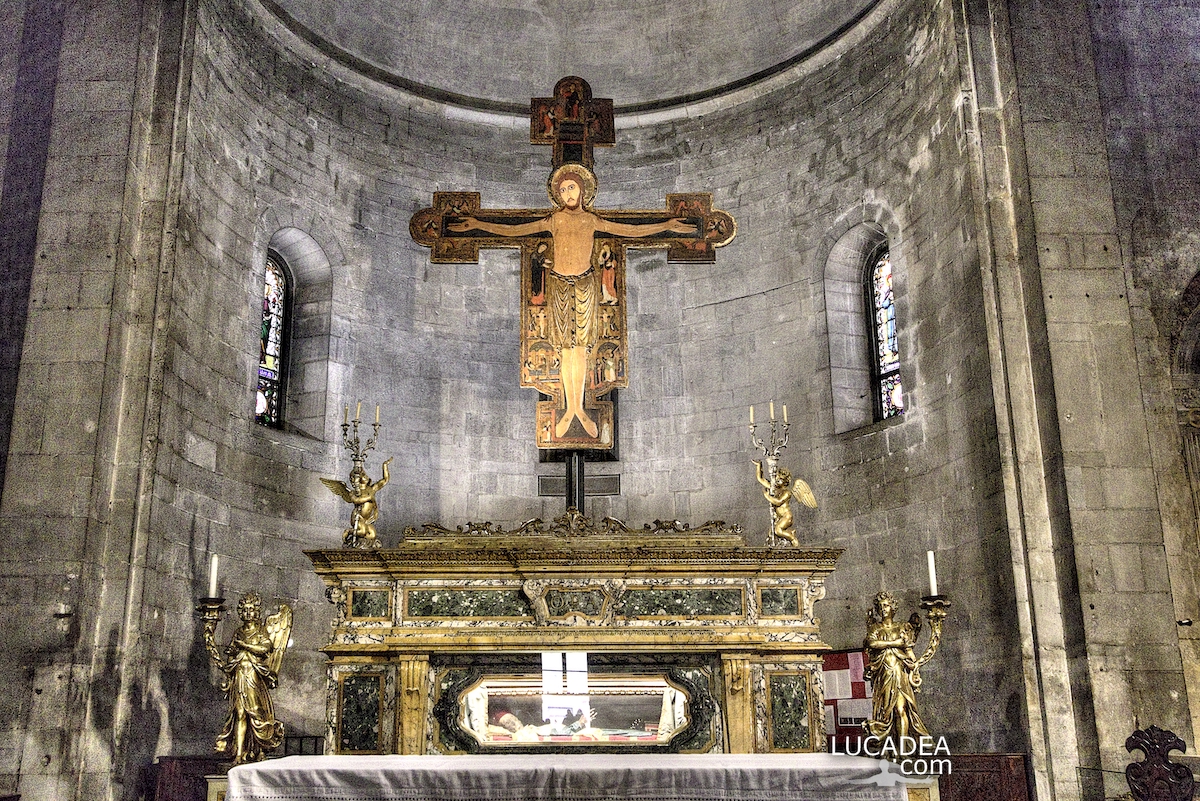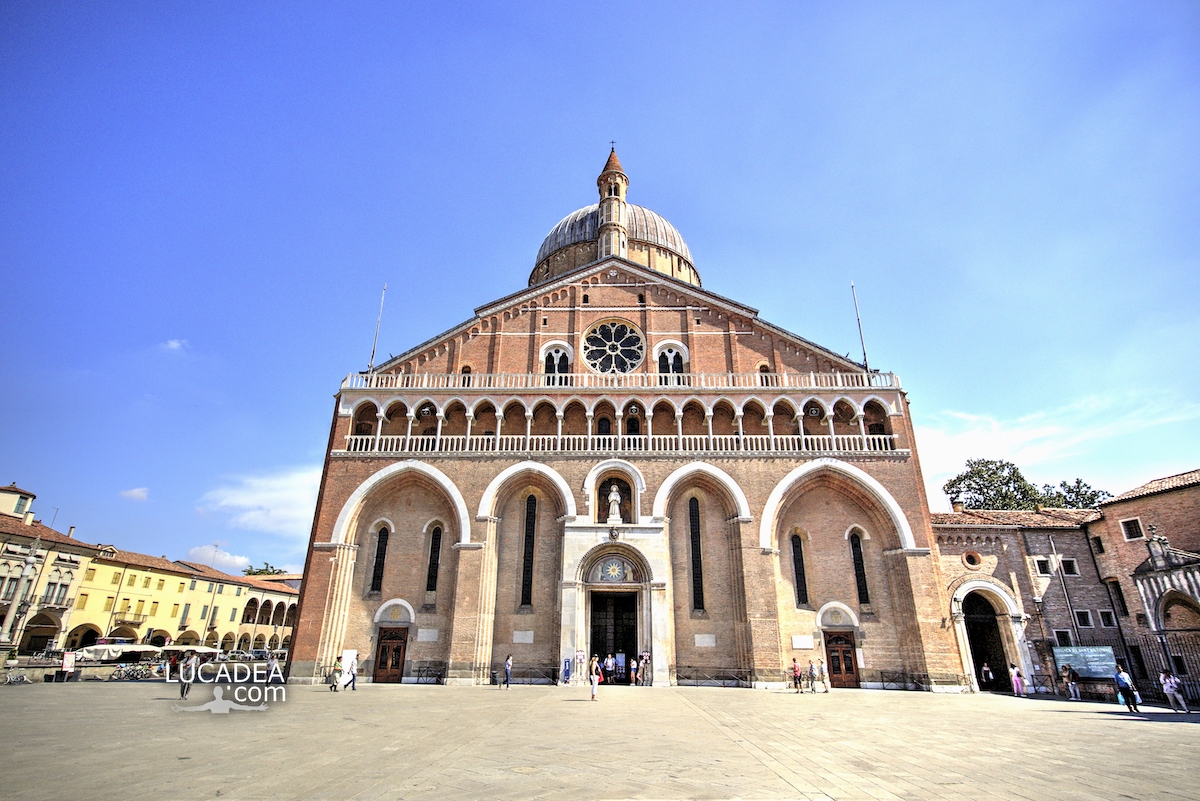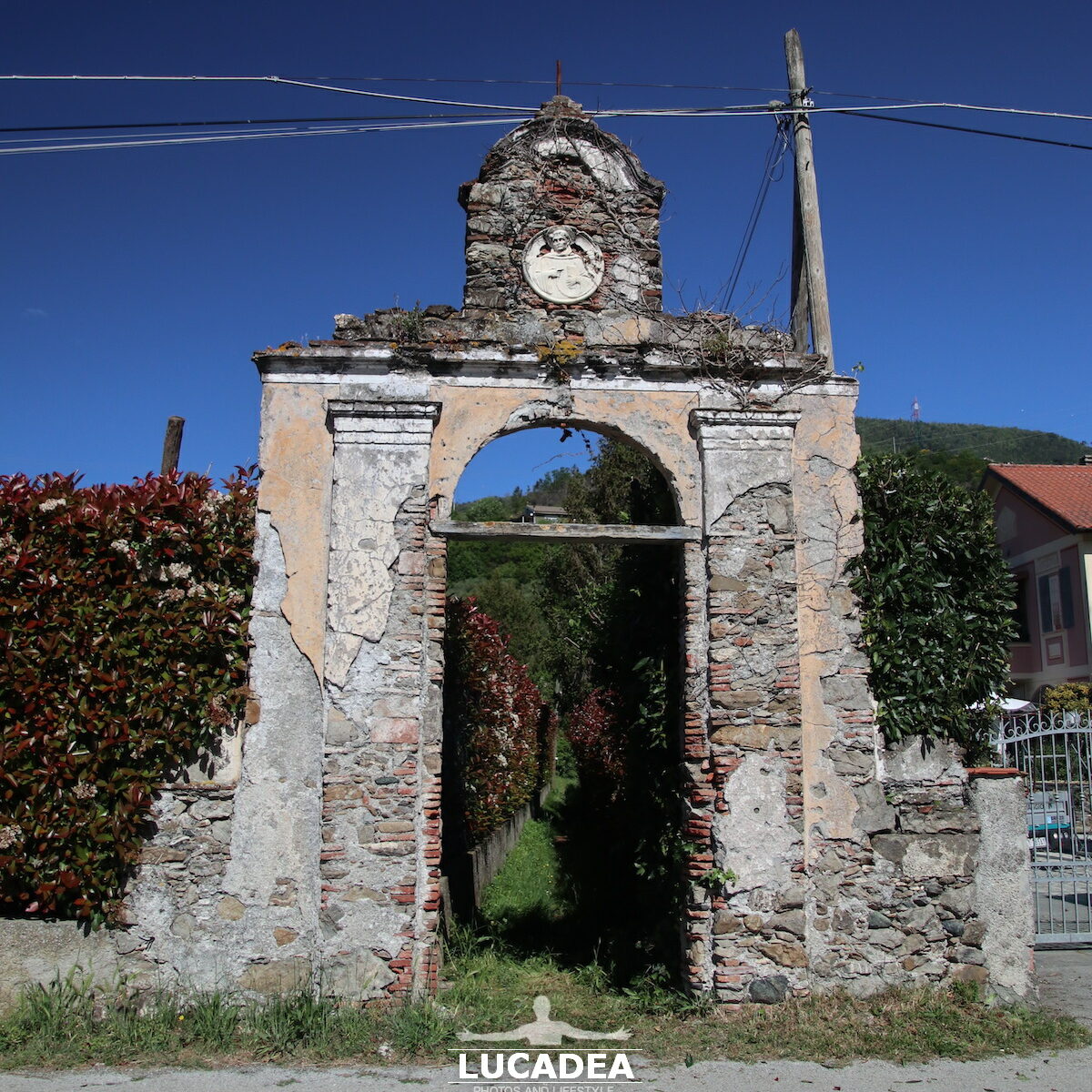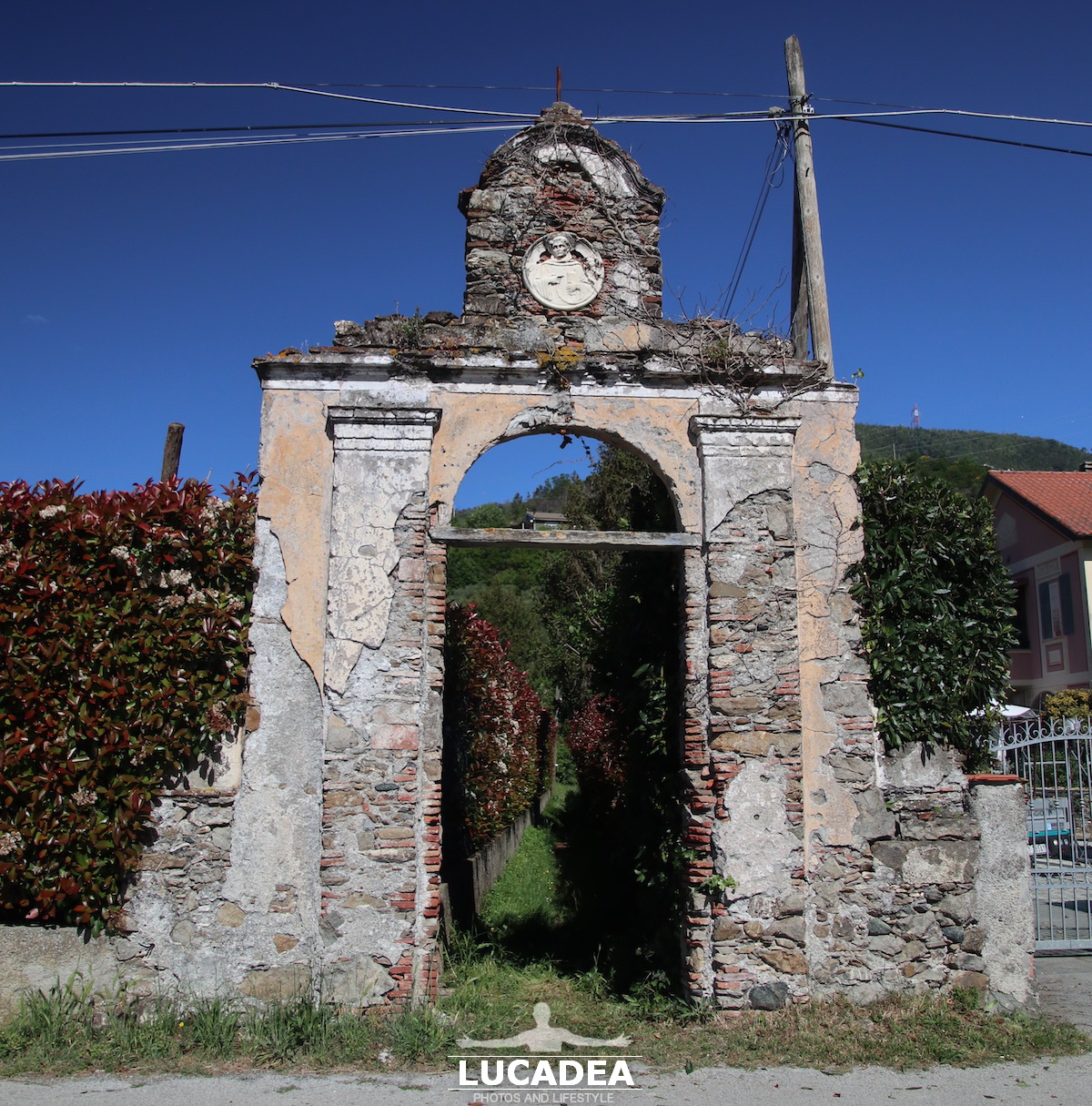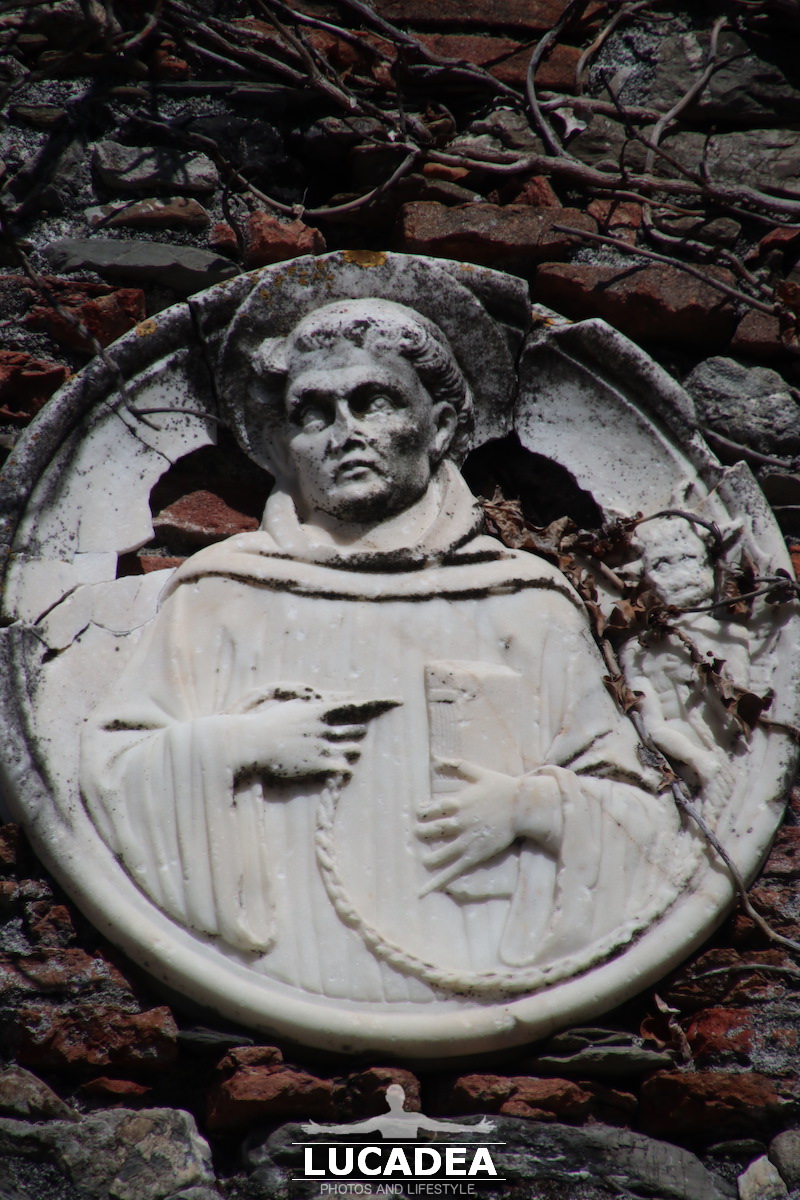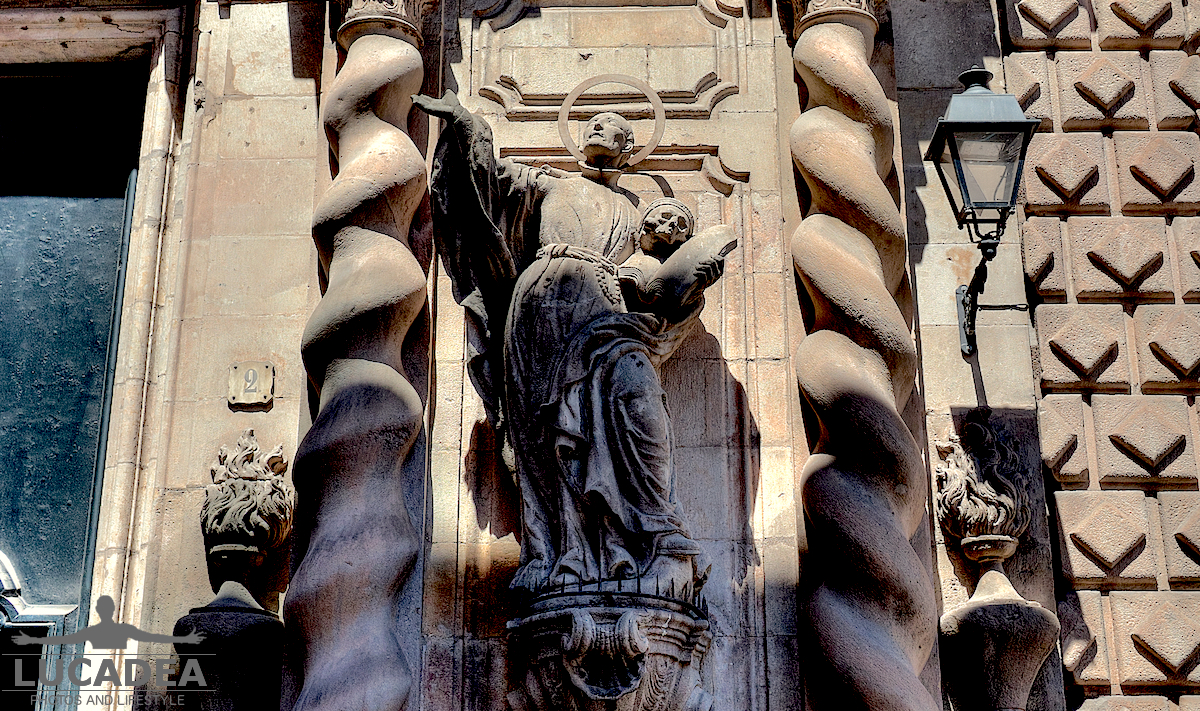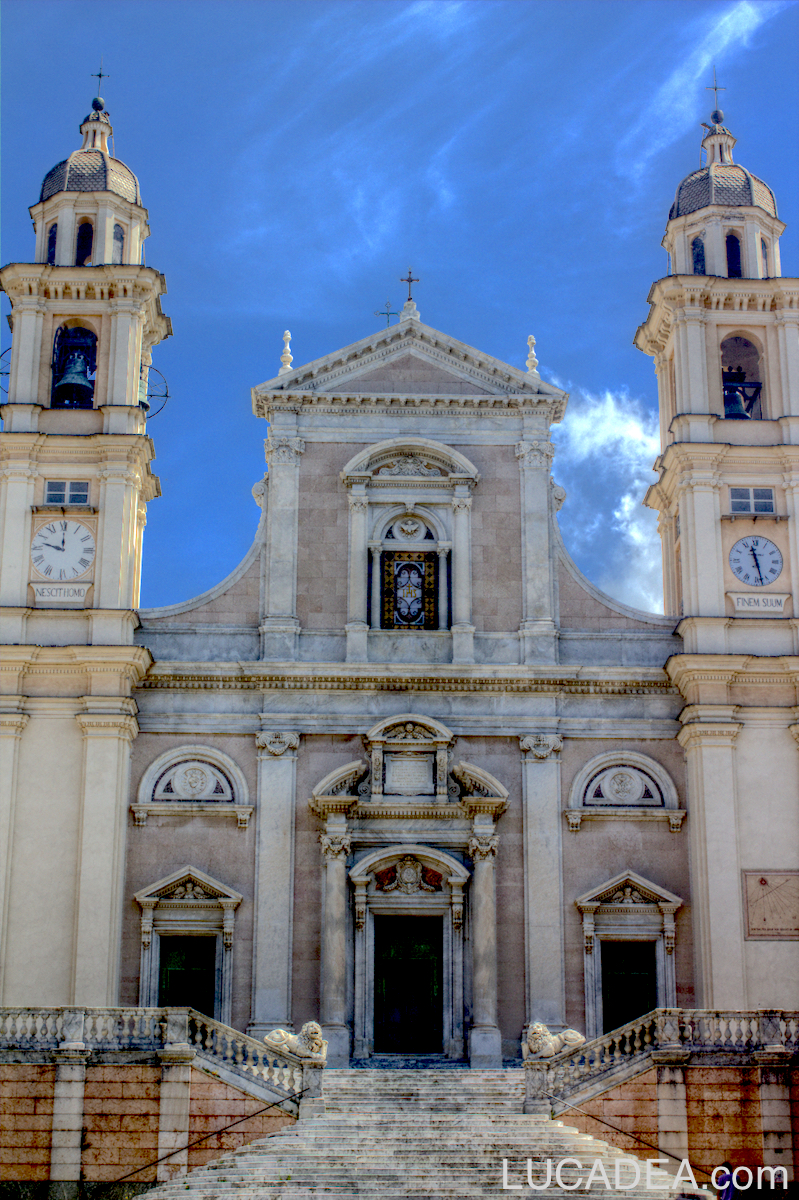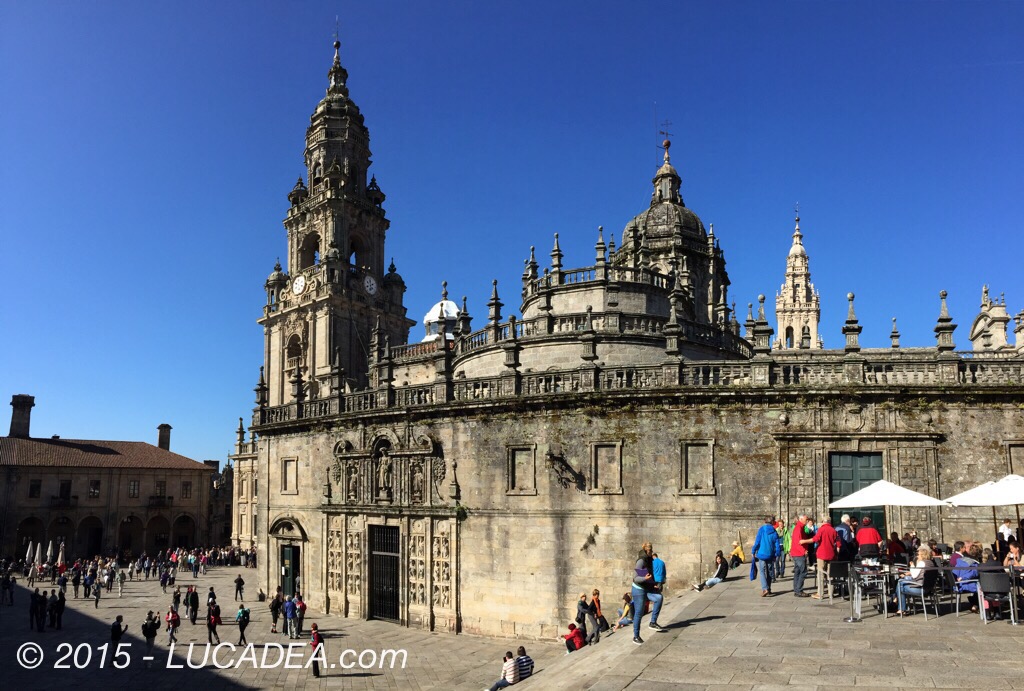The Chapel of Saint Anthony in the Basilica in Padua.
The Basilica of Saint Anthony in Padua, located in northern Italy, is one of the most important and visited places of worship in the country. The Chapel of Saint Anthony is a significant part of this basilica.
The Chapel of Saint Anthony, also known as the Chapel of the Ark, is located inside the basilica and houses the sanctuary of the Saint. This chapel is famous for its altar, which houses the remains of Saint Anthony of Padua. Saint Anthony, born in Portugal in 1195 and died in Padua in 1231, was a Franciscan highly venerated for his teachings and miracles.
The altar, built in the 13th century, is decorated with sculptures and reliefs depicting stories from the life of Saint Anthony. The relics of the Saint are kept in a red marble tomb located behind the altar. The chapel is an important place of pilgrimage and attracts believers from all over the world.
In addition to the works of art and relics, the chapel is adorned with magnificent frescoes and decorations that testify to the devotion and respect for Saint Anthony. The Basilica of Saint Anthony is a sacred and historical place that attracts tourists, believers and art lovers from all over the world.
Have you ever visited beautiful Padua? Add a comment or go to the bottom of the site to read what other visitors have written.
Photo taken with Honor 20.
This is the official website of the basilica: santantonio.org.
To see all the photos I took in the city of the Saint click here:

The altar stands on a platform placed above seven steps. It is the work of Tiziano Aspetti (1607), and is crowned by three statues made in 1593-94: that of Saint Anthony in the center, flanked by that of Saint Bonaventure and Saint Louis of Toulouse, who were Franciscan bishops. On the parapet you can see two pairs of candle-bearing angels. The tabernacle dates back to 1742, as do the two embossed silver plate altar cards, the work of the Venetian goldsmith Andrea Fulici, which depict in bas-relief, starting from the left, the Miracle of the Severed Foot, the Apparition of Baby Jesus, the Miracle of the Mule, the Dressing of Saint Anthony and the Miracle of the Fish.
Continue and learn more on Wikipedia
The chapel of Sant’Antonio in the basilica of the same name in Padua – La chapelle Saint-Antoine de la basilique du même nom à Padoue – La capilla de Sant’Antonio en la basílica del mismo nombre en Padua – A capela de Sant’Antonio na basílica homônima em Pádua – Die Kapelle Sant’Antonio in der gleichnamigen Basilika in Padua – Nhà nguyện Sant’Antonio trong vương cung thánh đường cùng tên ở Padua – 帕多瓦同名大教堂中的圣安东尼奥教堂 – パドヴァの同名大聖堂にあるサンタントーニオ礼拝堂
The text of the post was written with the help of ChatGPT, a language model from OpenAI.



